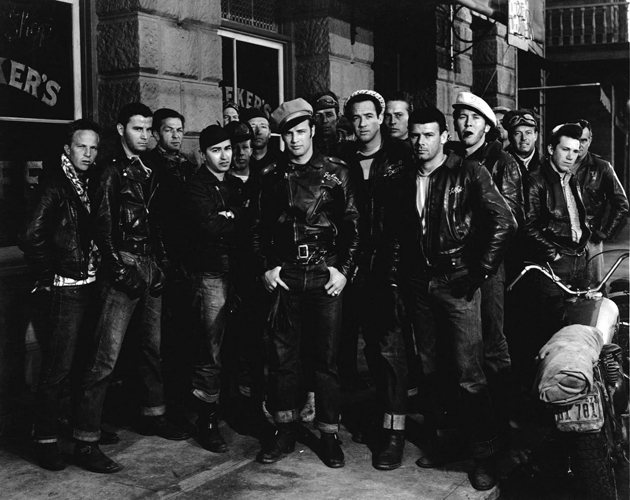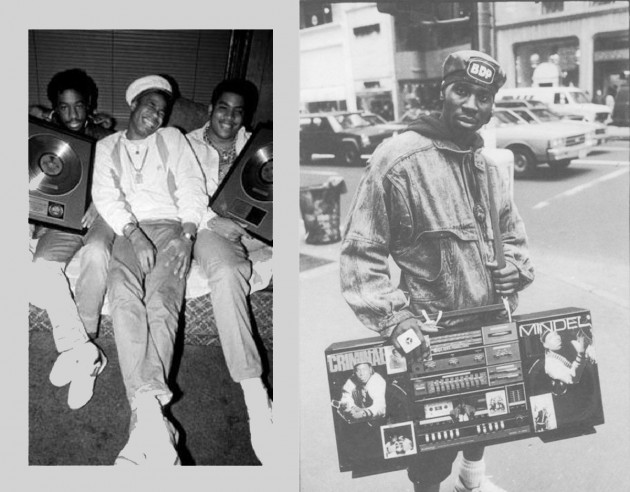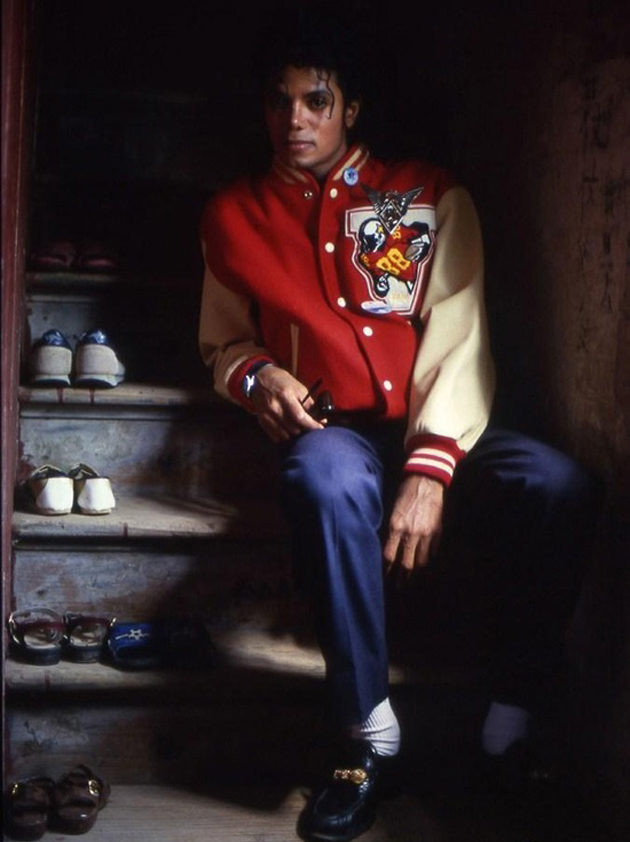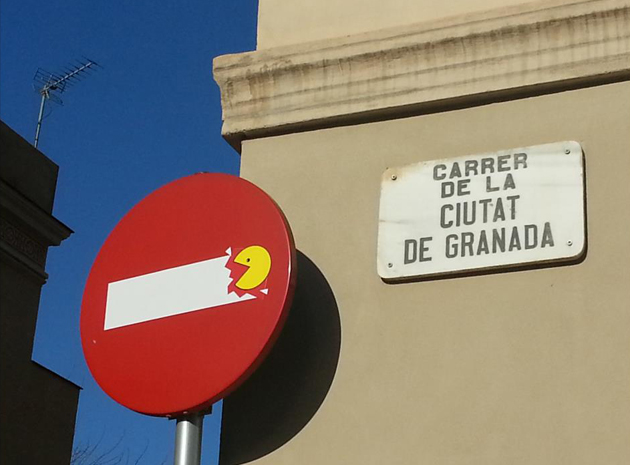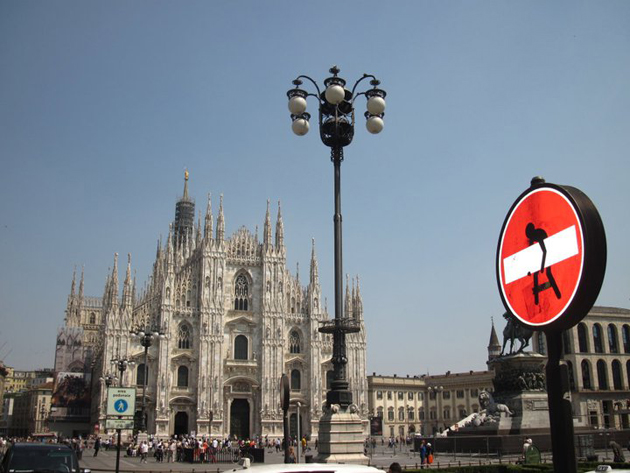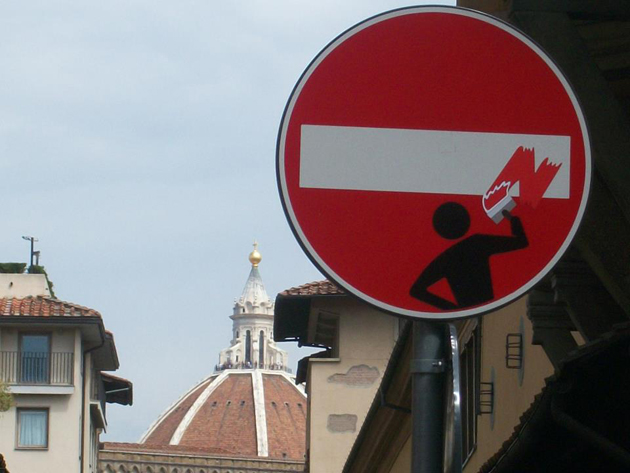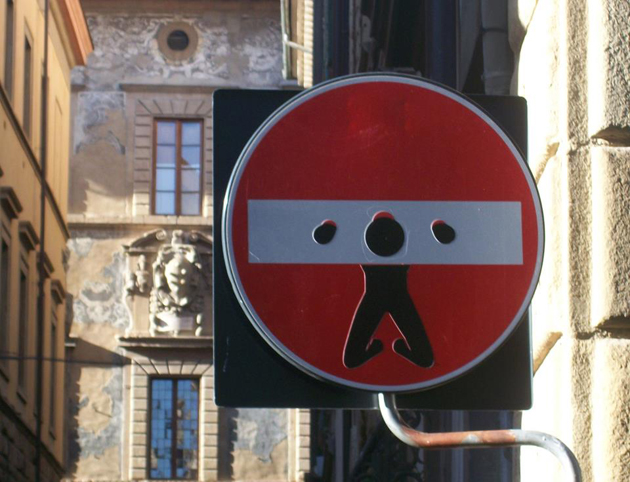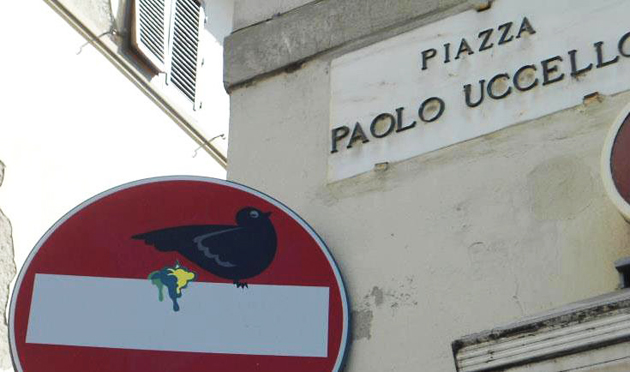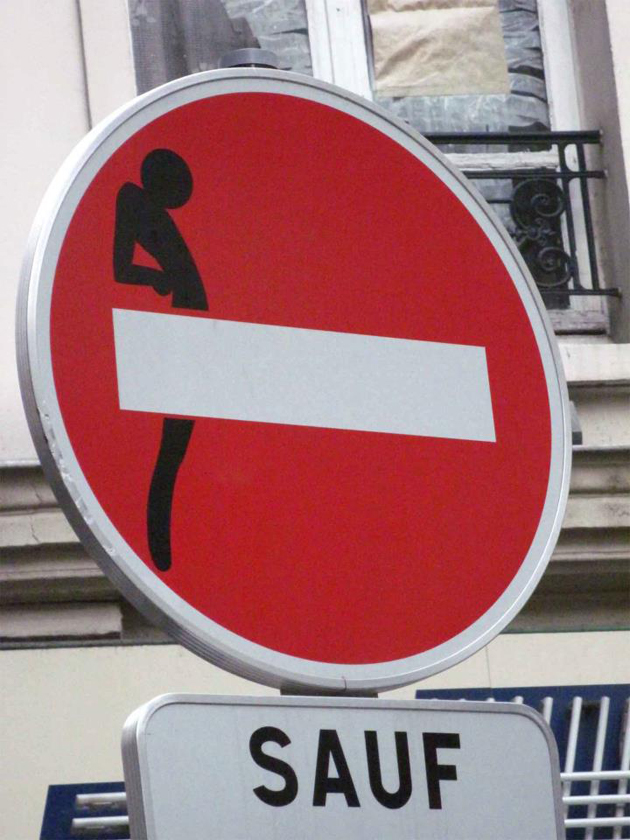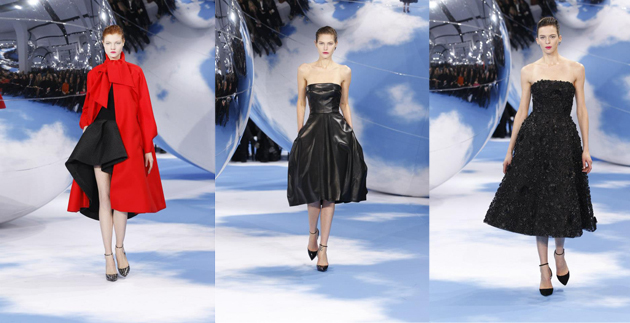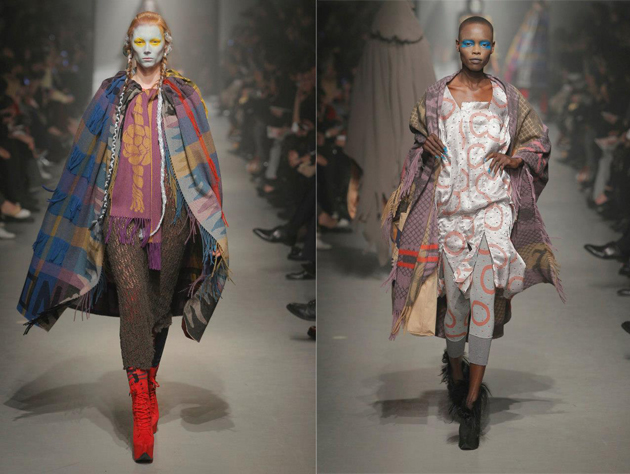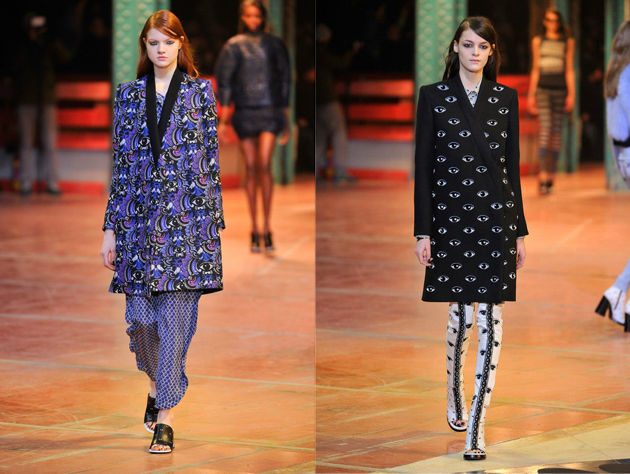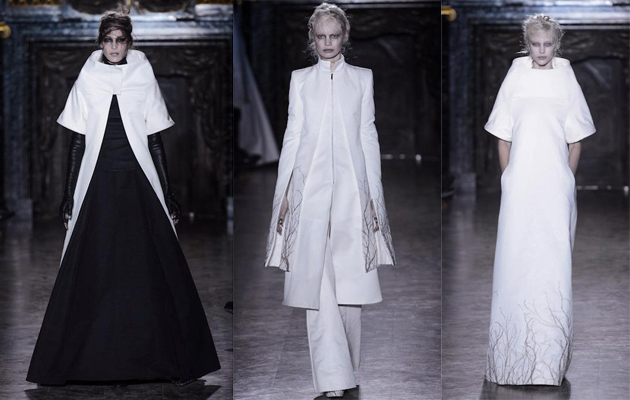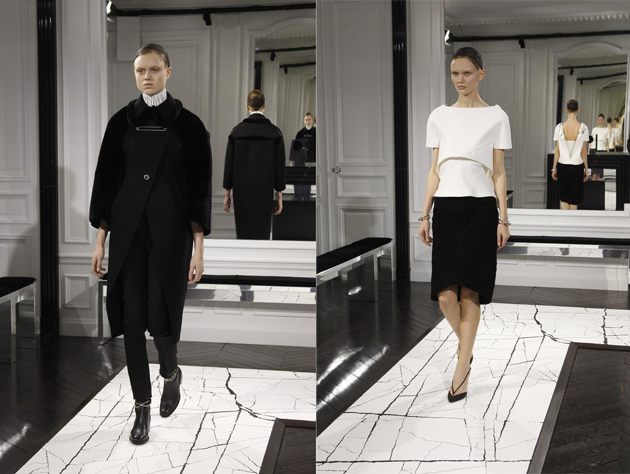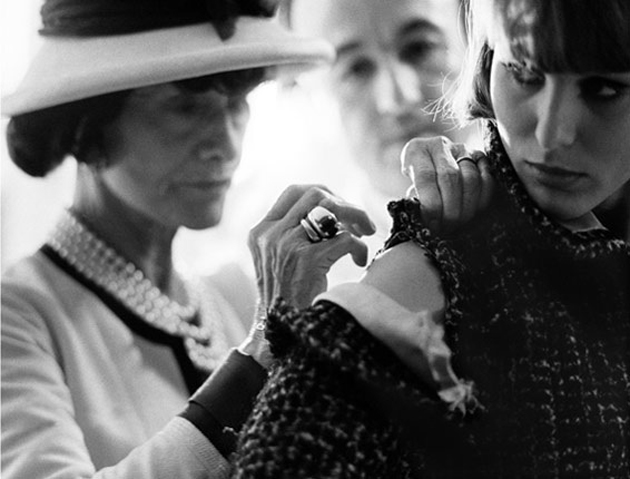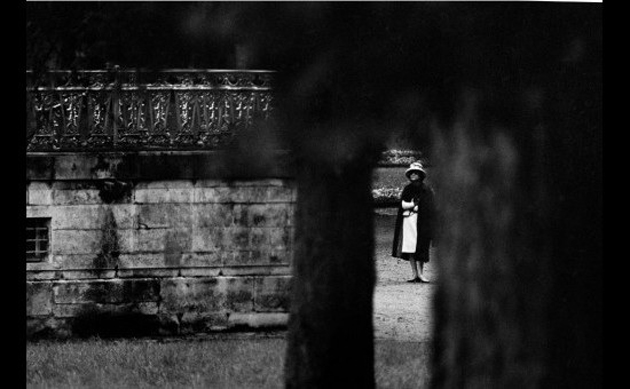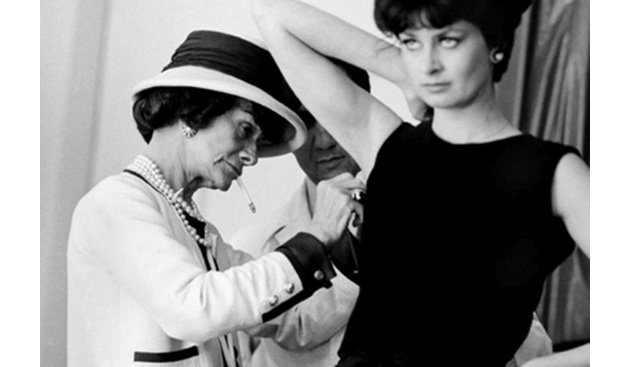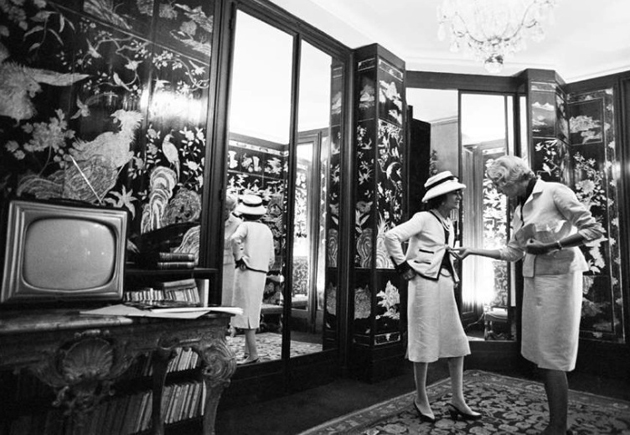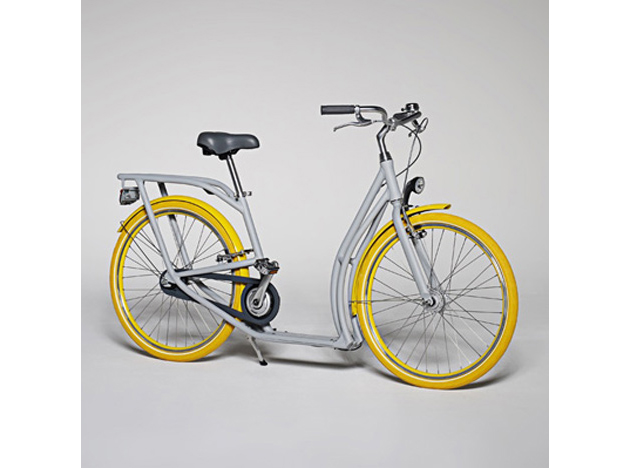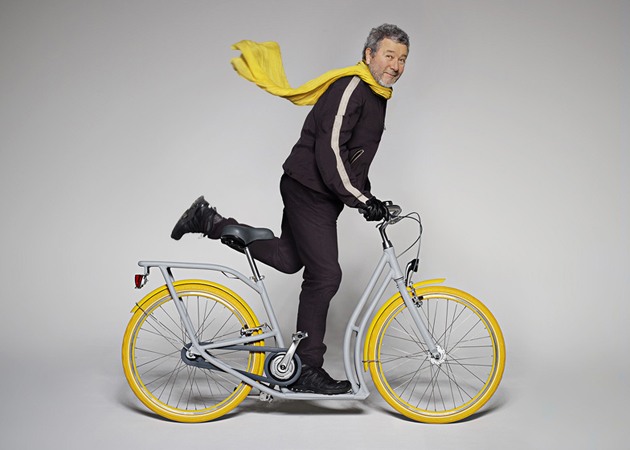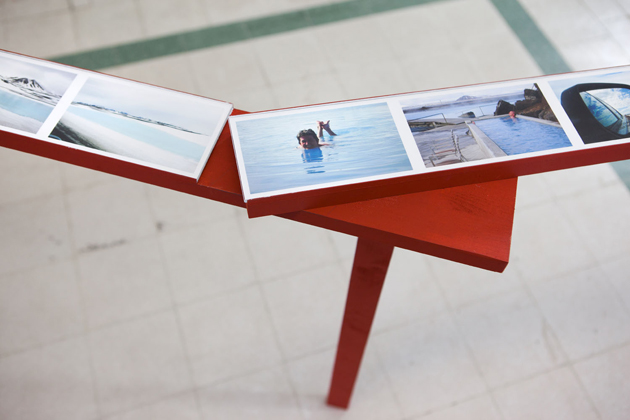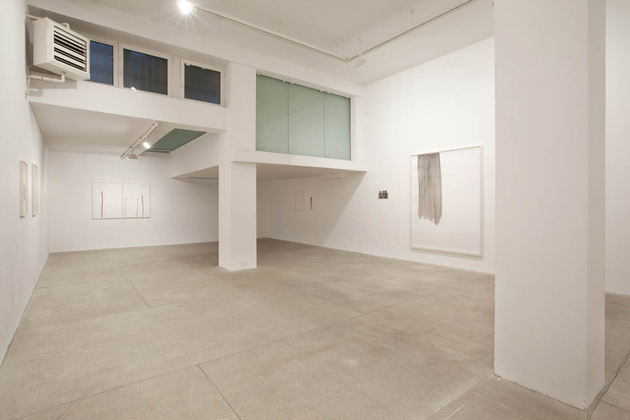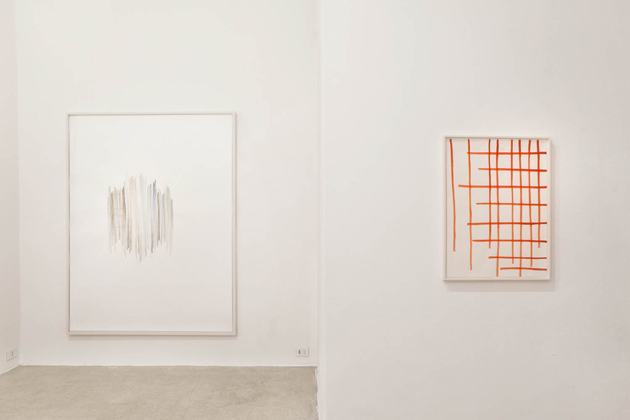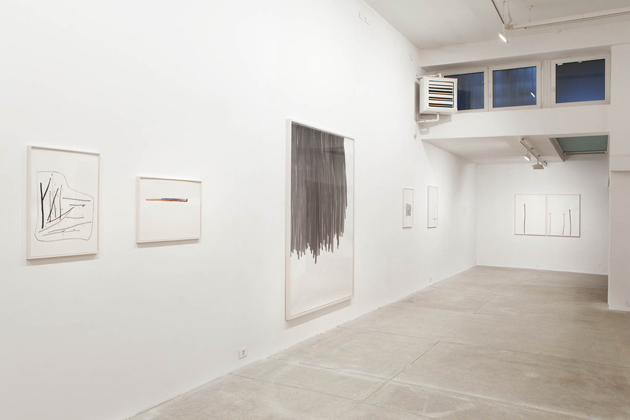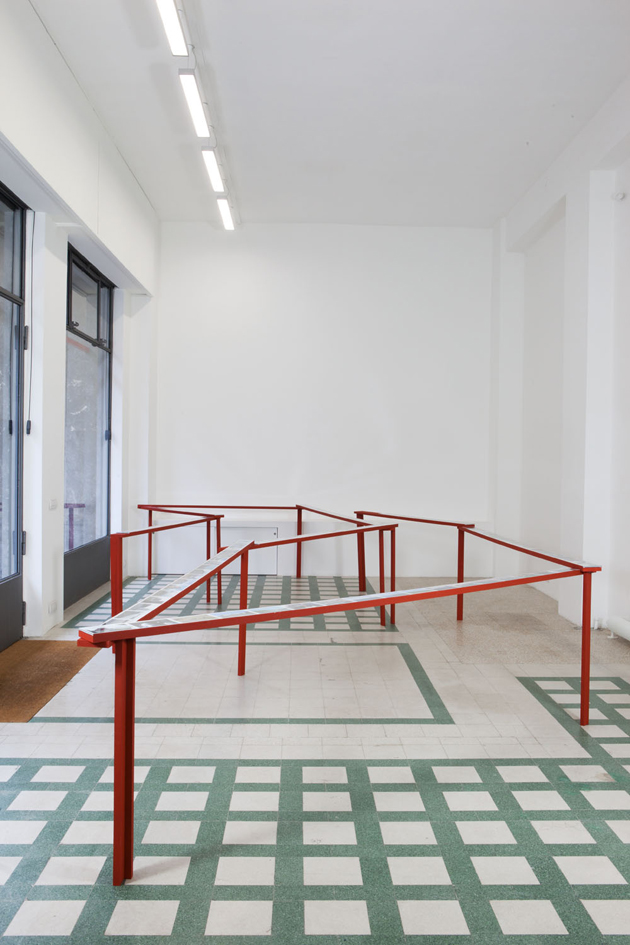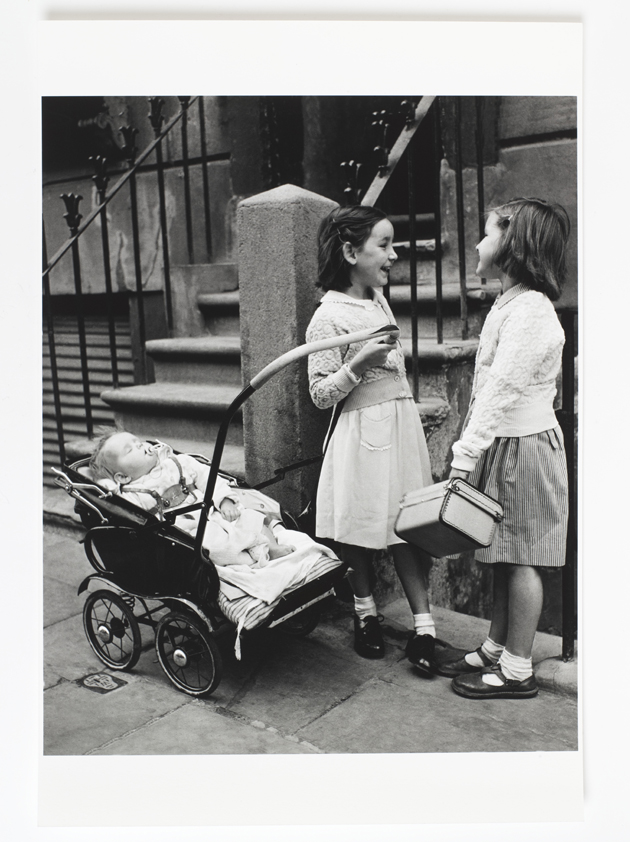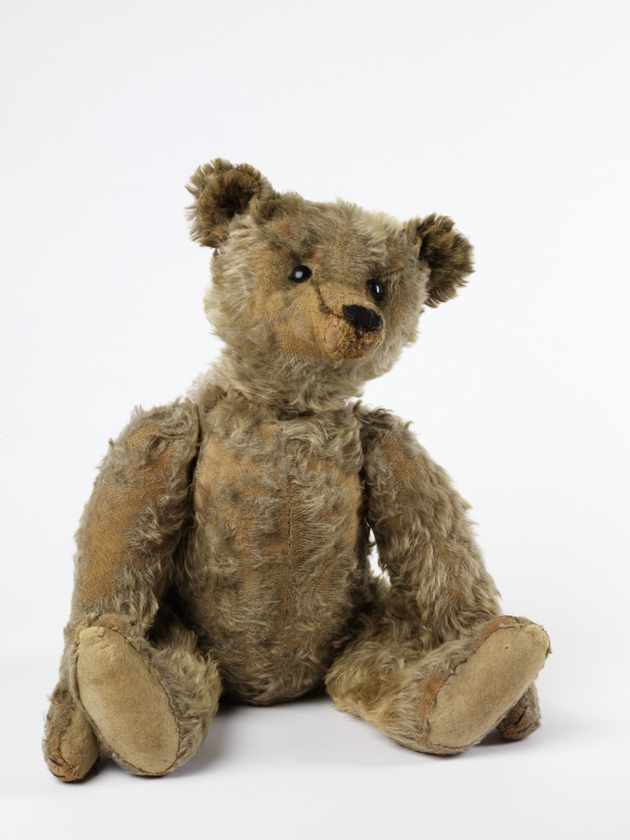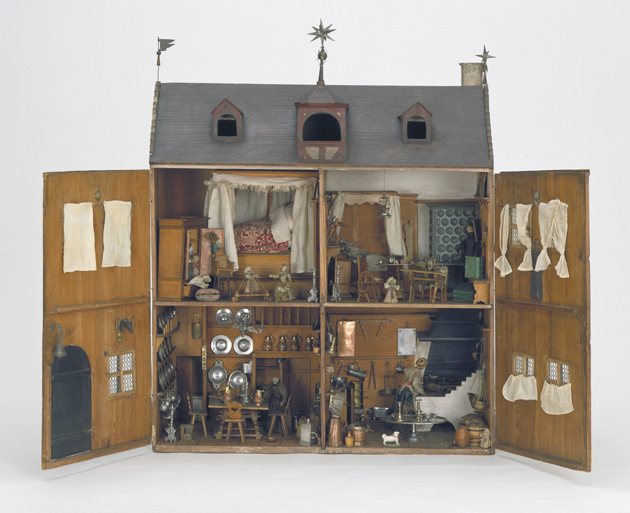White Socks in Men’s Wardrobe
Socks are that kind of stuff fashion universe loves to experiment on or make it disappear in turn. It depends on the year and on the single designer. They are a part of the so-called details of a whole look; they can make the difference, or not. Apart from that, there is always something related that remains ambiguous, something that keeps dividing opinions: men who wear white socks. Are they actually cool or just geek?
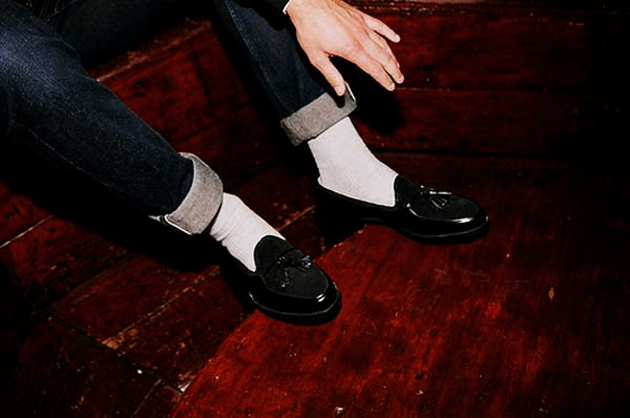
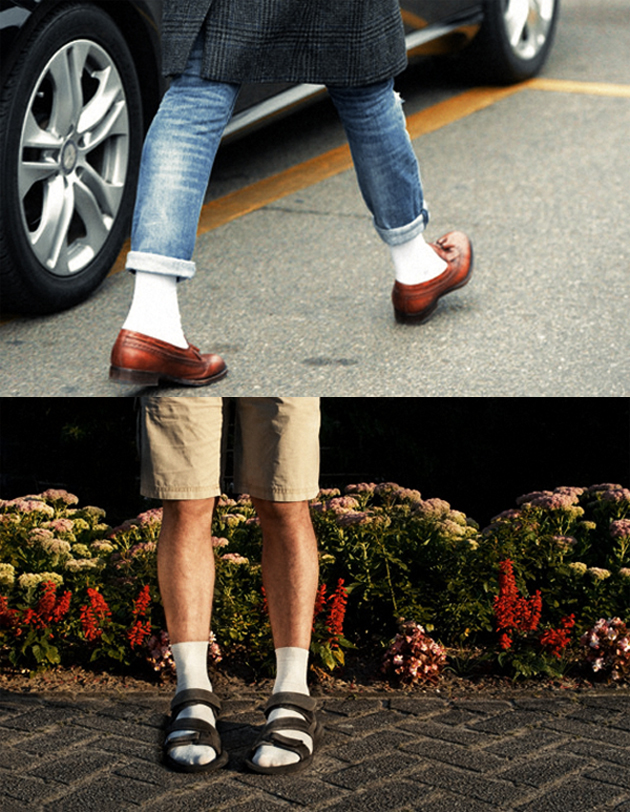
It may sound corny, but reality shows that although people are not scared of wearing colored patterned socks, many of them feel very uncomfortable about wearing the white ones. Most of us do not really know about the history of this curious element of men’s style, which can really be hard to match with, but on the other hand, give you a very personal and strong impact.
White socks have been identified until 60s as the classic, comfortable and better choice for worker men, and they have been called for years “athletic”, since everyone used them in sports. Around the end of 50s the term preppy became even more known and it was in 1961 that The Beach Boys came out. Buttoned-down shirt, chinos, penny loafers and white socks: male youth wanted to look exactly like them.
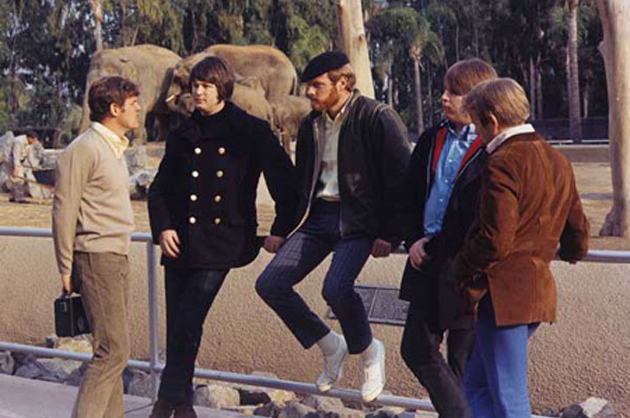
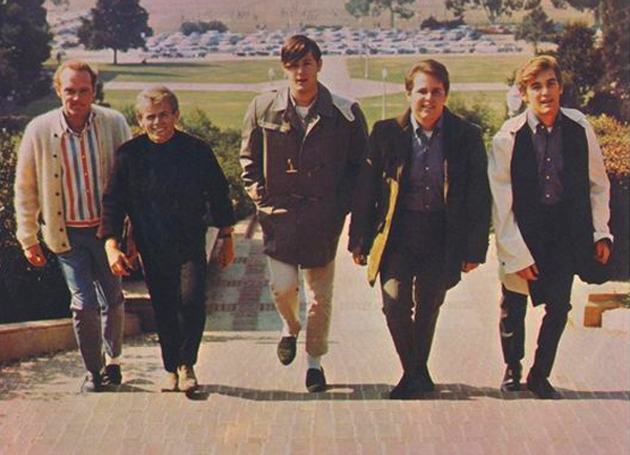
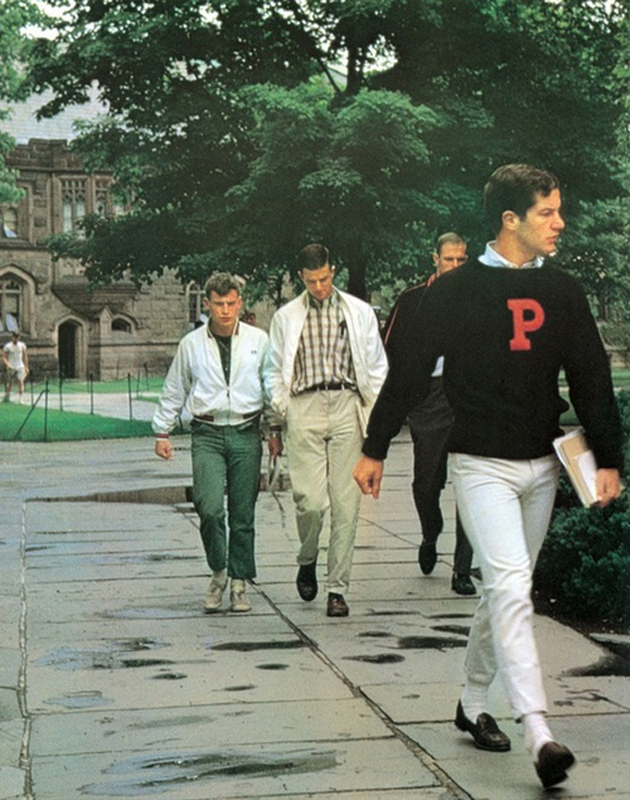
So if you were young, American and going to college during the end of 50s/beginning of 60s, wearing white socks was a must. It remained as a hit for several years till mid-60s, when they disappeared again. Some time after one noticed a shift from white to black, thanks to the upcoming era of urban look. Everyone, back then, aspired to dress up like Marlon Brando in the 1953 movie The Wild One. There was not more space for preppies.
After almost ten years, white socks came back. This time it was because of the black American youngsters who were going to school dressed up in a urban-sporty way but wearing, very proudly, their white socks. The socks started being popular among the very “cool” people again. The 80s arrived and Michael Jackson made them part of his own signature style.
You may love or hate them, in any case they have been, and still are, an interesting trend in the male fashion universe.
